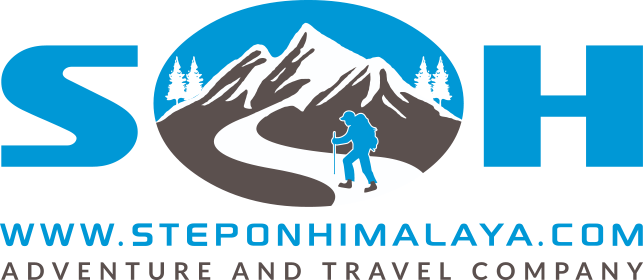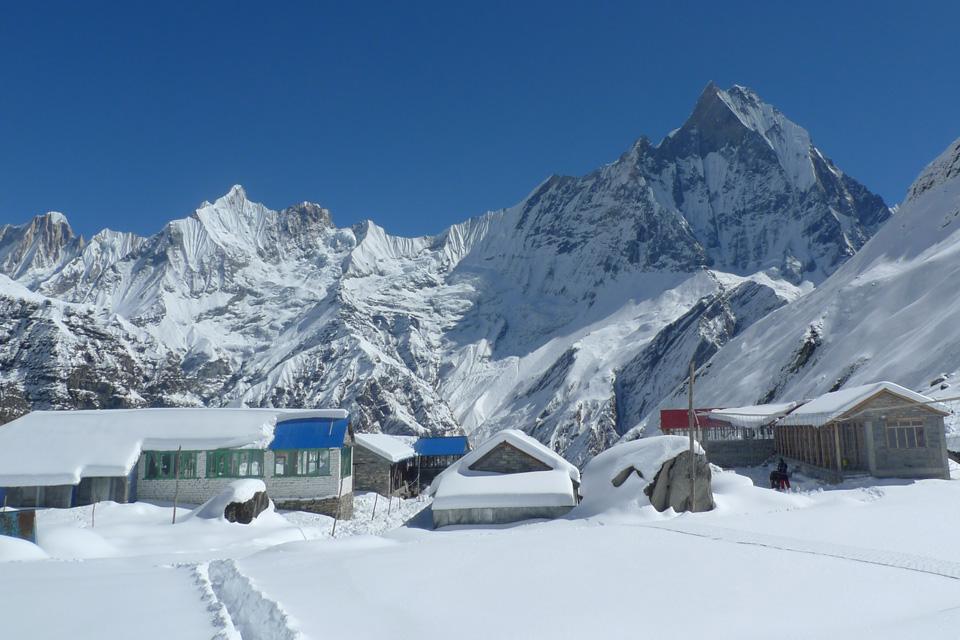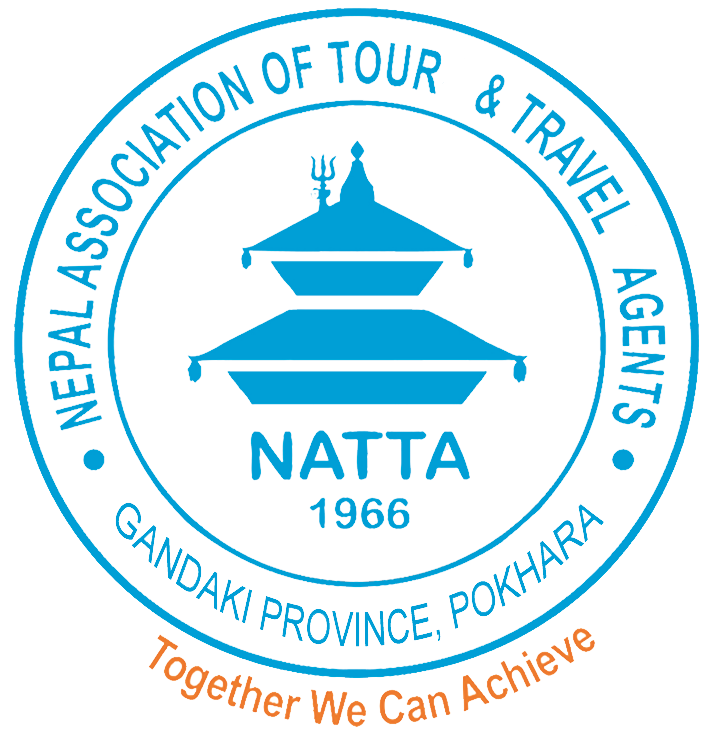Annapurna Base Camp Trekking via Ghorepani
Places you will see
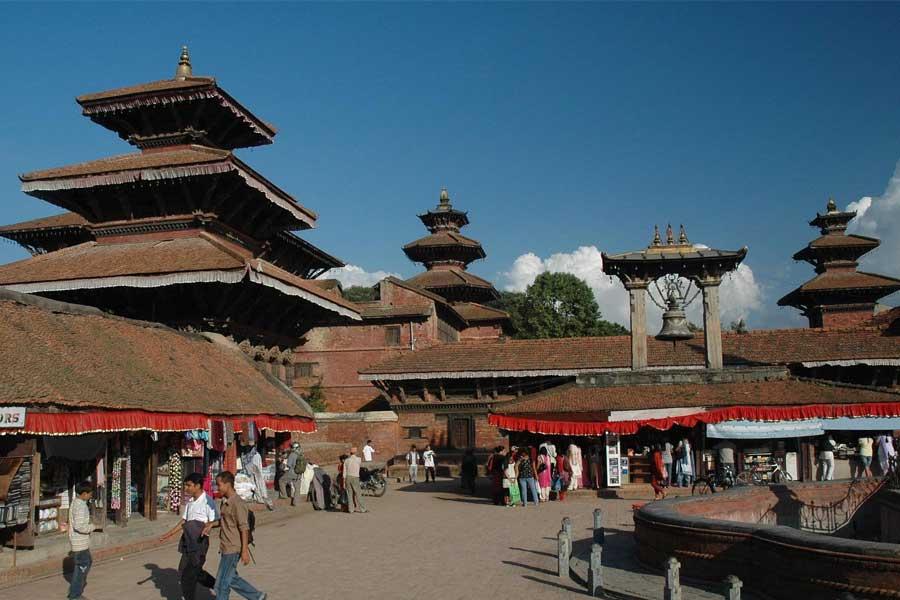
Kathmandu
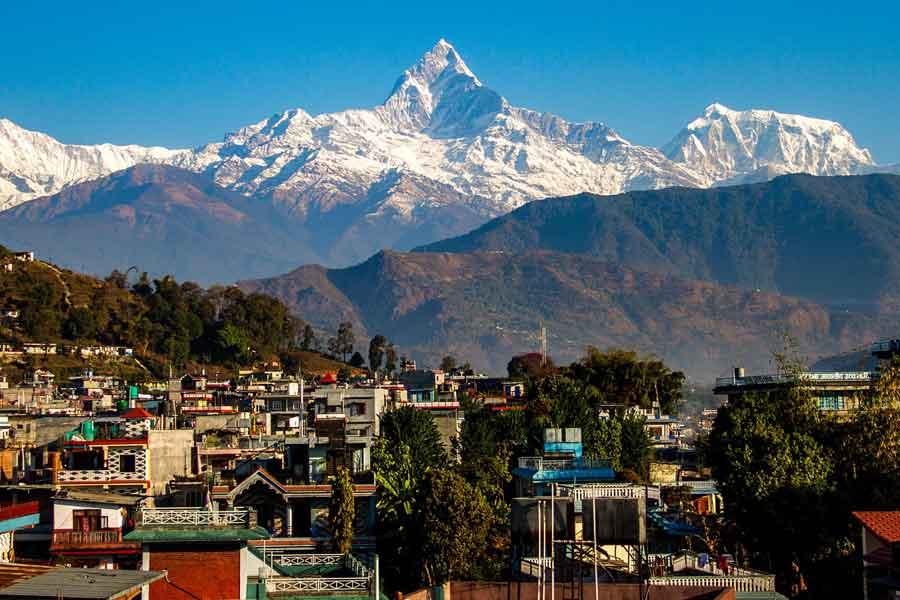
Pokhara
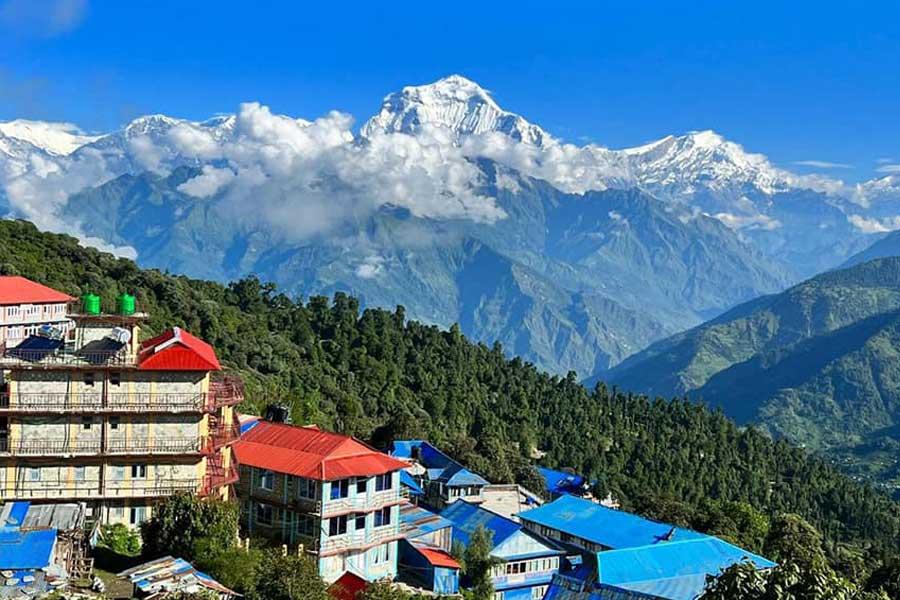
Ghorepani Poon Hill
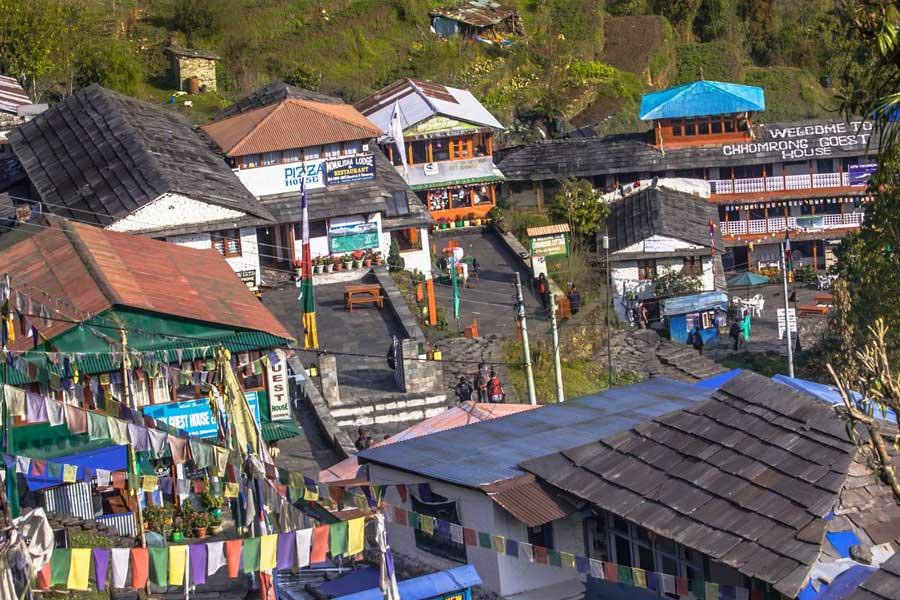
Chhomrong
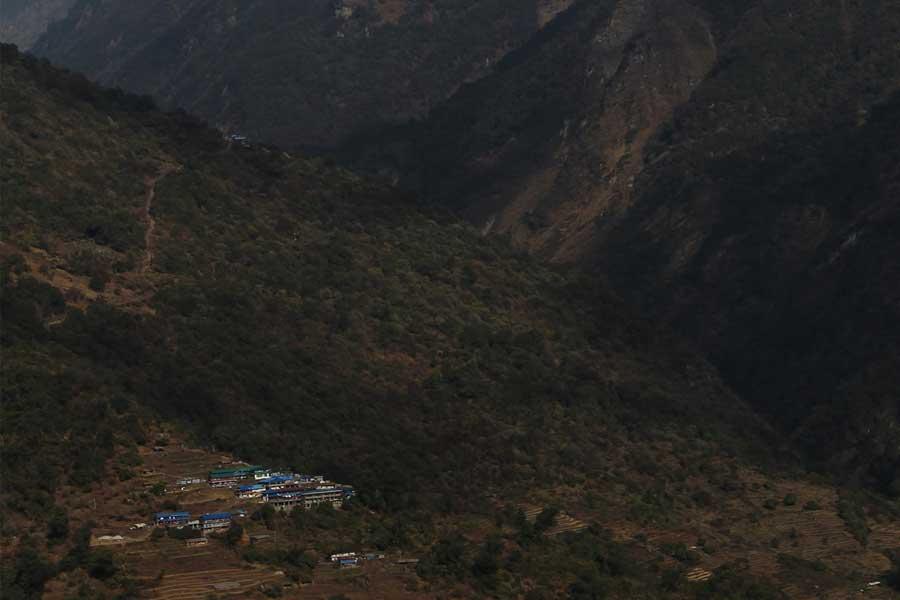
Sinuwa
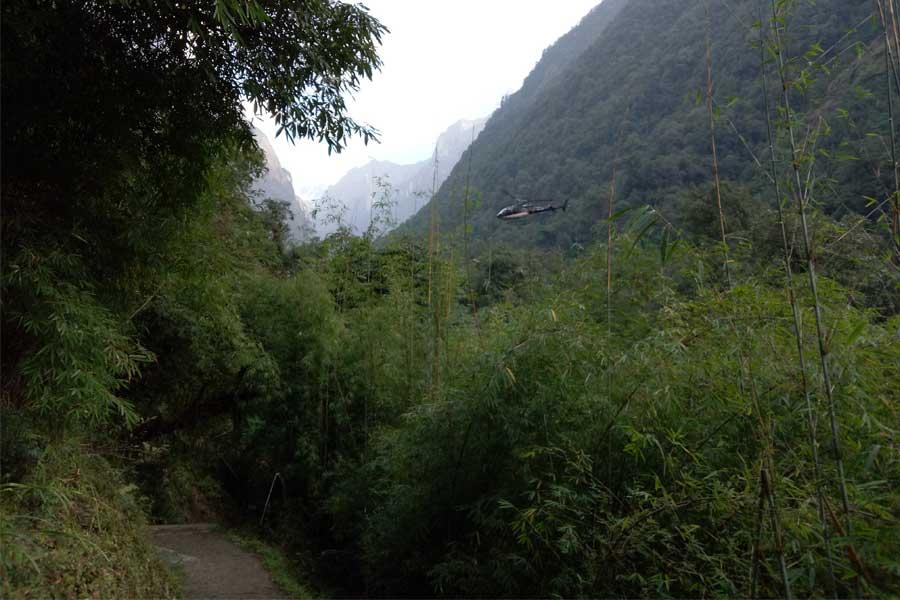
Bamboo
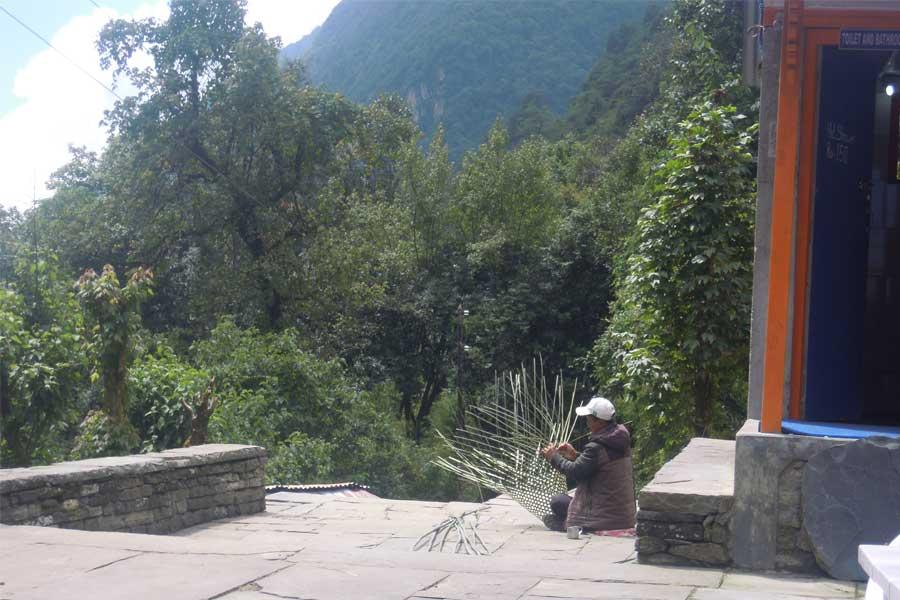
Dovan
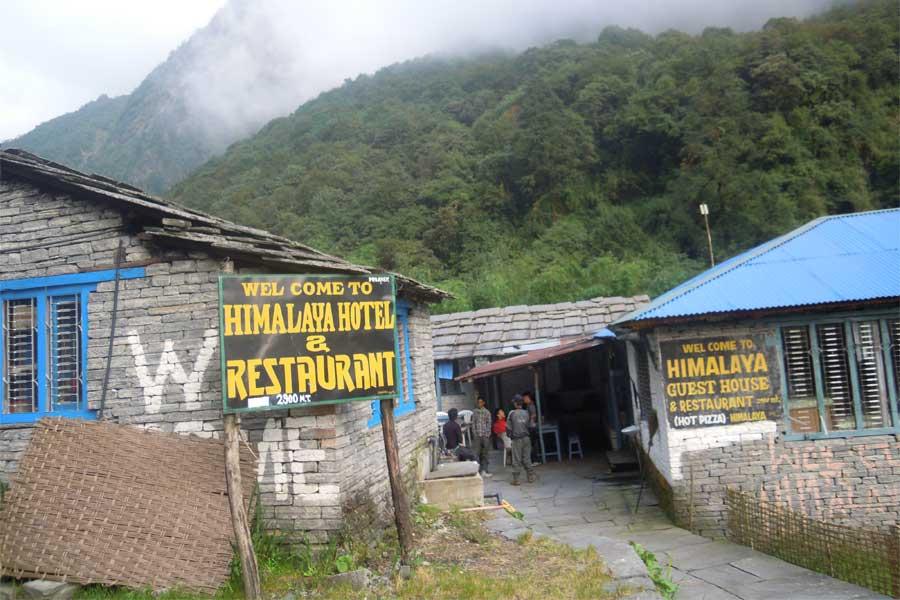
Himalaya
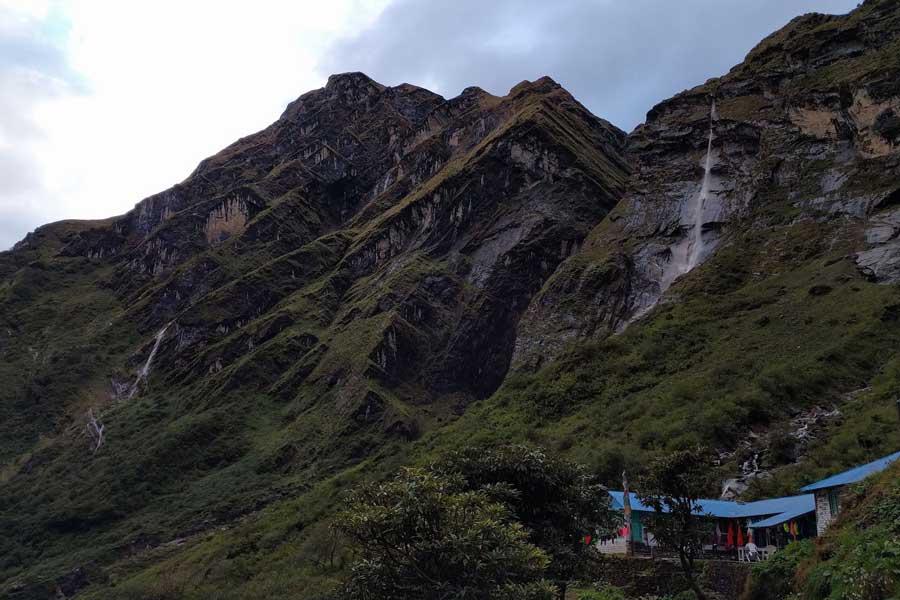
Deurali
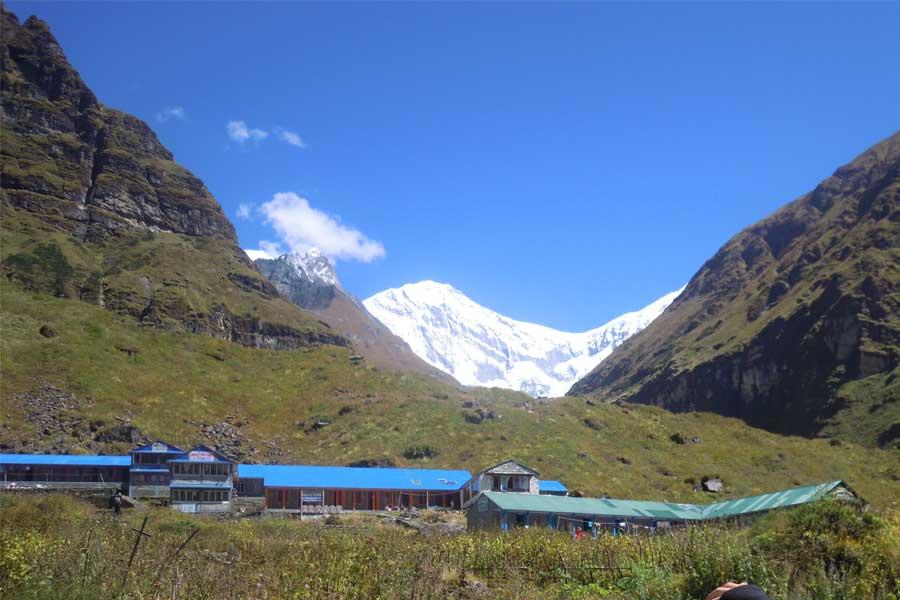
Machhapuchhere Base Camp
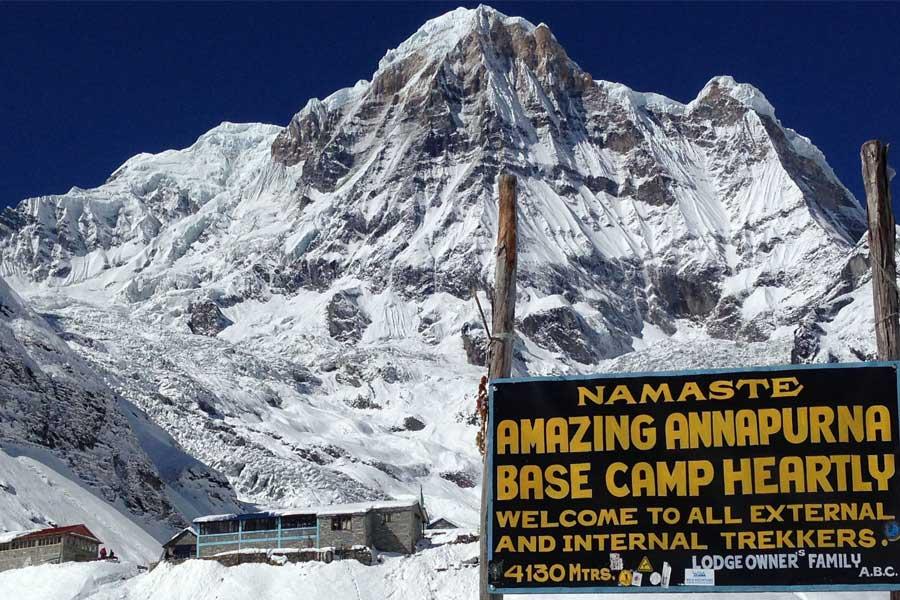
Annapurna Base Camp
Trip Overview
Trip at a Glance
Annapurna Base Camp Trekking via Ghorepani Poon Hill
Annapurna Base Camp Trekking via Ghorepani is a beautiful trekking trip to the base camp of Annapurna. This beautiful trek in the Annapurna region combines two lower Himalayan foothills and higher Himalayan landscapes. This trekking adventure starts at Nayapul and follows the trail that Ghorepani Poon Hill Trek goes on. Further from the Ghorepani trail, it goes towards the Annapurna base camp via Chhomrong and Machhapuchhre base camps.
Trekking to the base camp via Ghorepani takes more days for the trip than our Annapurna Base Camp Trek. This trip takes a total of 15 days to complete whereas our next Annapurna base camp trek is only 11 days. It is a wonderful trip to explore beautiful nature and mountain views of the Annapurna region.
Why Annapurna Base Camp Trekking via Ghorepani?
You will love this trekking adventure if you –
- Have more days to explore the beauty of the mountains
- Want to explore the magnificence of the Annapurna sanctuary
- Enjoy trekking through peaceful trails surrounded by natural wonders
- Want to enjoy spectacular views of the Dhaulagiri and Annapurna mountain ranges
- Love to watch the sunrise over the mountains
Detail Itinerary
Is the proposed itinerary suitable for you?
If you are looking for a custom itinerary, please feel free to reach out to our team of professionals at any time.Trip Map
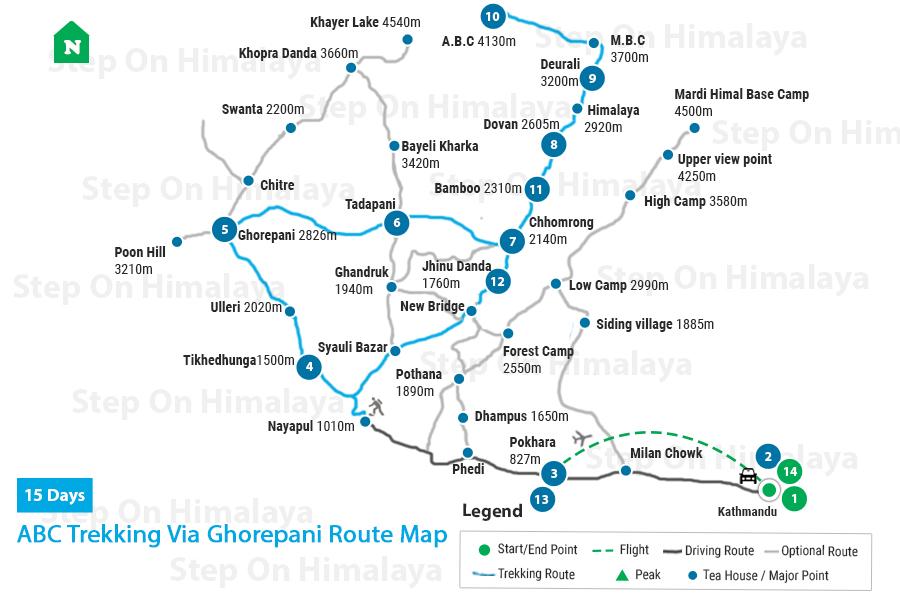
Review
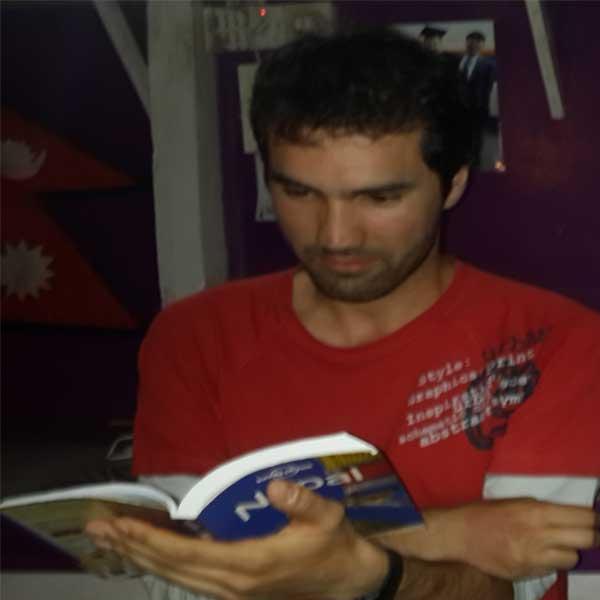
Great trip! Wonderful guide! Definitely recommend him! Very friendly and competent organizing the details of our trip!
